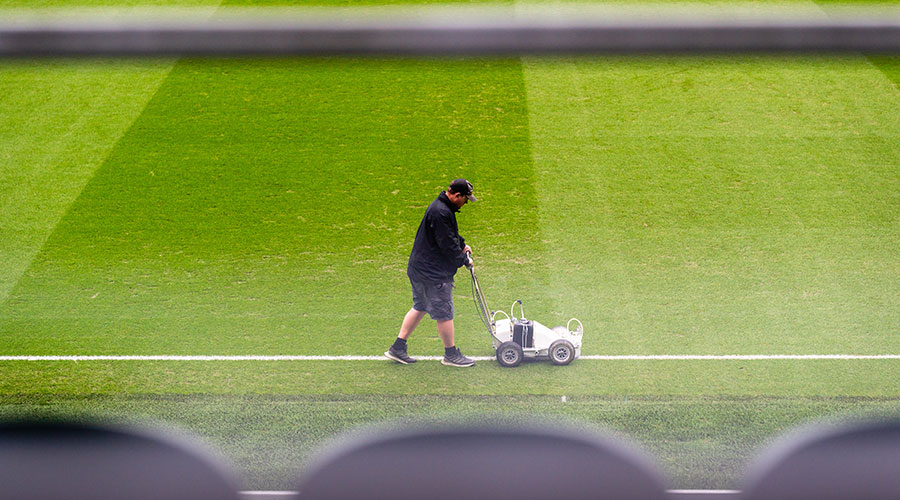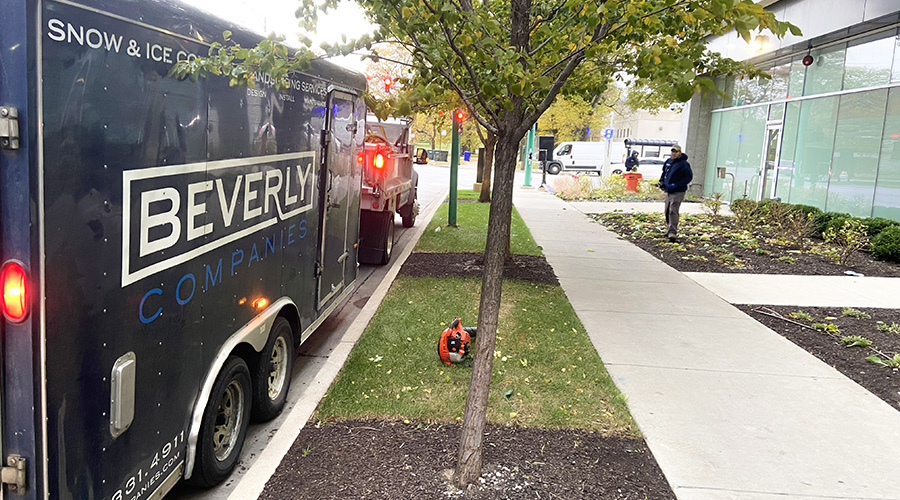Cut Height Crucial to Maintain Root Systems
Paying attention to the height of cut when mowing turf grass presents managers and equipment operators with a number of additional considerations. Besides producing larger and deeper root systems, greater heights of cut also restrict the amount of light that reaches the soil surface.
Because many weed seeds require light for germination, the increased shading from a greater height of cut actually suppresses weed germination and growth, which then results in being able to cut down on the use of herbicides or other weed-control measures. This result can be particularly helpful in controlling warm-season annual grasses, such as crabgrass, and in turn can reduce the need to use pre-emergent herbicides for their control.
Recommended turf heights depend on the species of turf grass in question. For example, it is essential to not cut St. Augustine grass too short. Also, always avoid mowing wet grass.
When any disease occurs, raise the cutting height. A low cutting height reduces the leaf tissue available for photosynthesis, the process by which the plant produces energy for growth. An active disease eventually reduces the leaf canopy, and photosynthesis decreases even further. Raising the cutting height increases the green plant tissue available for photosynthesis, and the result is more energy for turf grass growth and a faster subsequent recovery from the disease.
If an area of the lawn has an active leaf disease, equipment operators should mow this area last in order to prevent the spread of the disease. Likewise, washing the mower with water after mowing the diseased area will help remove diseased leaf clippings, and it will remove the disease-free turf from the blades.
Managers who ensure a landscape has the proper turf and monitored its conditions carefully can deliver benefits to both the bottom line and the environment. The correct turf and proper maintenance can help managers stay ahead of potential problems, such as over-watering or under-watering, decay, and disease.
By implementing these relatively simple procedures, managers can produce healthier and more attractive landscapes, even under the most difficult weather conditions. By working with a contractor when necessary to select the most appropriate turf grass and implement the most beneficial maintenance practices, managers can make certain landscapes looks their best year round.
Ken Hutcheson is president of U.S. Lawns, a commercial landscape company with 260 franchise locations nationwide. He has more than 30 years of experience in the green industry.
Related Topics:













